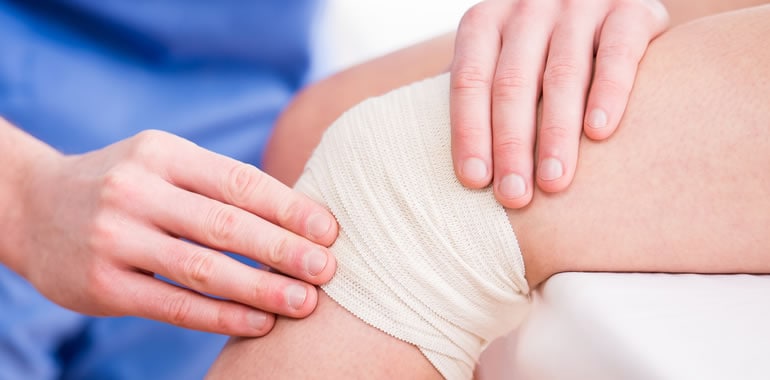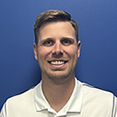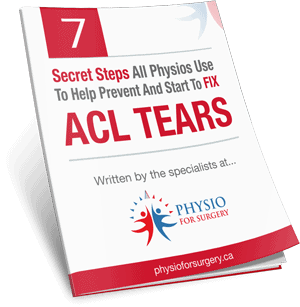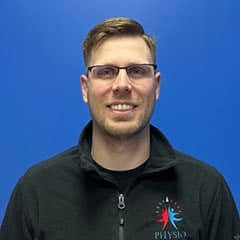
Natasha came to us in November after tearing her ACL and MCL while playing hockey. By the time she had come to see us she had already gotten an MRI done to confirm her ACL tear.
She is in her senior year at UofT and was hoping to finish her season healthy rather than with a devastating surgery! Luckily for her she came to the right place. By the time she had come to see us she had already gotten an MRI done to confirm her ACL tear. I would recommend anyone who believes they have torn their ACL to confirm it via MRI as soon as possible. Normally, if she had come in without an MRI we would assess her and perform special tests on her ACL to test its integrity. If we believed there may be a tear we would tell her to go see her family doctor to get a referral to get an MRI because although our physical tests are great, when making a decision to get surgery or not we want to get all of the information possible before making that decision.
In addition to getting an MRI, Natasha also told us she had seen a surgeon who recommended surgery. However, after performing a number of tests I could see that her knee had good strength and seemed to function well. I ended up getting her to see Dr. Jihad Abouali for a second opinion and he said she may be able to play with a custom Don Joy brace and a strong rehab program instead of getting surgery.
I have done many “conservative” non-operative ACL rehabs before, so I believed she could do it.
She came in almost everyday for 2 months and with the right program and her commitment to getting better and doing her exercises, she was able to get back to playing hockey by February-- 2.5 months after she initially tore her ACL.
So how did we do it?
Number one, she was committed to getting better, not just coming in for her treatment multiple times a week but also to doing the exercises on her own.
The first thing you have to do after you tear your ACL is regain your full range of motion. Here are the steps to doing this:
#1 - regain your range of motion, and extension is more important than flexion. There is no reason why you cannot extend your knee after an ACL injury, there is no physical block as to why you can’t do it. When you go to bend your knee flexion will literally block you from bending. If you cannot extend your knee, you cannot active your quad or glute (butt muscles) fully which will limit you from rehabbing your knee back to 100%.
#2 - Reduce your swelling and pain as quickly as possible with compression (using our GameReady unit) and movement like riding the bike with no resistance.
#3 - Start to build your quad back as quickly as possible. The more you focus on strengthening your quad right after an ACL injury, the less likely you are to lose its strength and size which is very common after an ACL injury. We use Blood Flow Restriction Therapy to help speed up the recovery process.
#4 - Learn how to run again without the risk! By using our antigravity treadmill you can rebuild your confidence and use of your knee again without the risk of re-injury by having you run at 30% of your body weight.
If you want a more detailed report on how to rehab after an ACL injury or surgery you can download our free e book here!
All of this will get you headed down the right path but the truth is, if you have torn your ACL or suspect you have torn your ACL you will need an expert's opinion to guide you through it.. We do offer a free discovery visit where you can come in and discuss your current situation with one of our Physios and they can show you how our technology can speed up your recovery!



